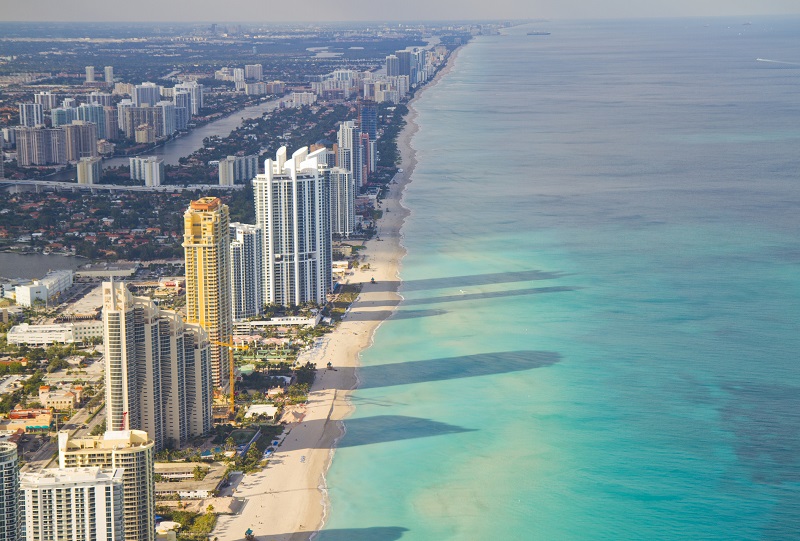Climate change not the leading cause of NatCat losses: Verisk

Although climate change is frequently cited as the Number 1 reason for higher natural catastrophes (NatCat) losses, increases in property exposure and repair costs are more significant short-term factors, according to a new report by Verisk Analytics.
“Climate change is often cited as the primary reason for this increase in losses, and, while climate change certainly plays a role, other factors – primarily the year-over-year growth of property exposure and ever-rising replacement values – have a far greater impact in the short term,” said the Verisk report, Global Modeled Catastrophe Losses.
“This rise in exposure values and replacement costs is represented both by continued construction in high-hazard areas as well as high levels of inflation that are driving up repair costs and are only now starting to cool.”
Over the past five years, between 2018 and 2022, the global average annual losses due to natural catastrophes is $101 billion U.S., which is significantly higher than the five-year average of $70 billion U.S. between 2013 and 2017.
Over the past nine years, annual global NatCat losses have averaged $133 billion U.S. Verisk modelling showed a 5% (1-in-20) chance the global P&C industry could experience a NatCat loss of more than $238 billion U.S. each year.
One of the primary reasons for the shift is increasing property exposure, as people continue to build in areas at high risk of NatCat exposure, Verisk noted. For this reason, it’s critical for the industry to update replacement values, particularly in urban and coastal areas.
Also, the increase in reconstruction costs due to high inflation should not be underestimated, Verisk observed. Sources have told Canadian Underwriter in the past that inflation rates for construction materials are higher than for the basket of goods — i.e., food, shelter, clothing, transportation, health care, etc. — reflected in the Consumer Price Index, a marker the banks use to express inflation rates.
“While reconstruction costs in the U.S. have risen by only 4.3% in the 12-month period from last July as inflation has slowed and the lumber market has stabilized, it’s important to note that even a 4.3% increase in exposure value and repair costs per year due to higher inflation would result in a more than 50% increase in losses over a 10-year period,” Verisk observed.
“For this reason, it’s critically important to regularly reassess your exposures, particularly in times of increased inflation and in the urban and coastal areas that are the most vulnerable to natural hazards.”
Related: Thunderstorms now a primary concern for insurers
Verisk said it avoids using the P&C industry’s traditional terms of ‘primary perils’ to describe earthquake and hurricane risk, and ‘secondary perils’ to describe all other NatCat risks, including storm and wildfire damage. That’s because weather storm damage is happening with far greater regularity, and accounts for a larger proportion of NatCat damage.
“So far in 2023, severe thunderstorms have accounted for more than 70% of insured losses, with eight multi-billion dollar events so far, putting pressure on carriers not prepared for these levels of loss,” Verisk reported.
And in Canada, wildfires breed more wildfire activity, Verisk warned. “The wildfire season could turn…as the summer heat dries out the new vegetation, setting the stage for a potentially significant wildfire season the second half of the year due to all that new fuel.”
As of July 2023, Canadian wildfires have almost doubled the previous full-year’s record of acreage burned. In 1995, 71,000 square kilometres burned, while by the end of July this year, about 120,000 square kilometres have burned.
DBRS Morningstar has estimated insured losses due to wildfires in Canada thus far will be between $750 and $1.5 billion. Just two Canadian companies, Intact ($500 million) and Definity ($125 million) have already paid out a total of $650 million in the third quarter for wildfire claims.
Feature image courtesy of iStock.com/SimonSkafar







